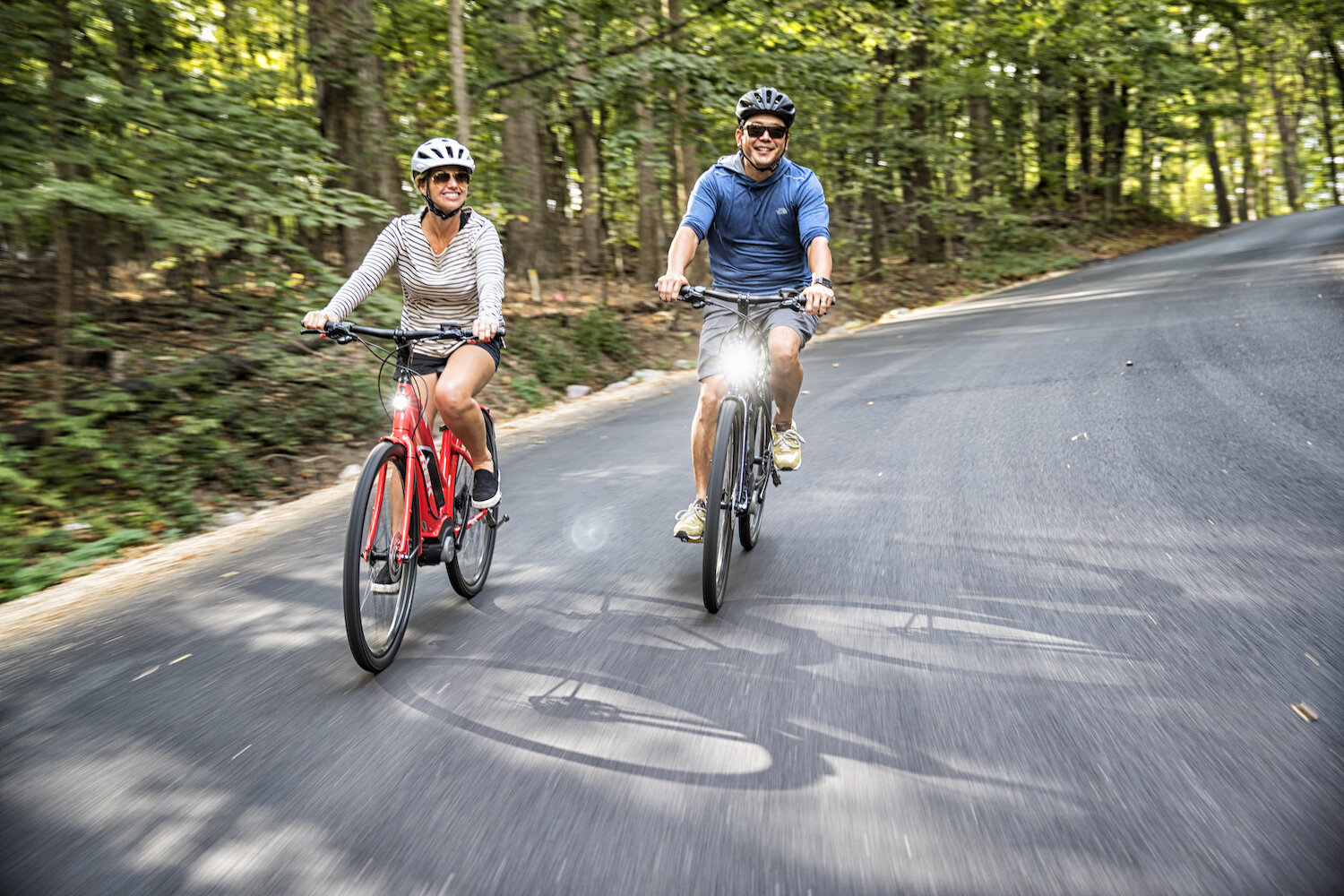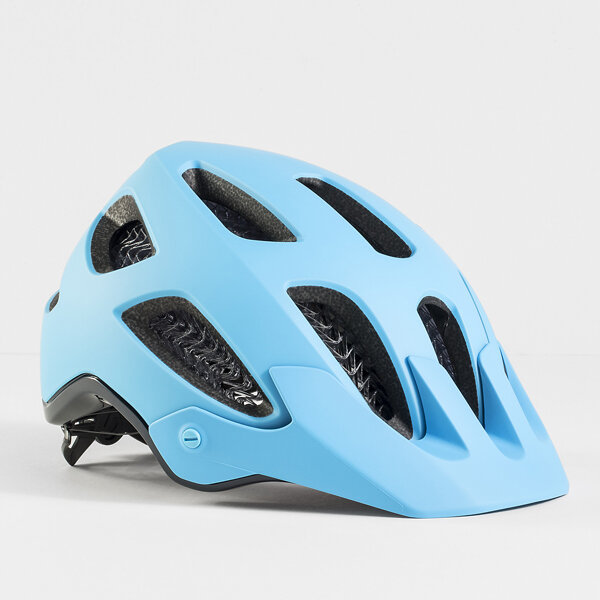Swanton Loop Road Ride | Cycling in Santa Cruz County
Breathe in the fresh ocean air on this mellow spin that features some of Santa Cruz County’s most spectacular views. Photo: Lindsay Overton.
This 36-mile “lollipop” loop ride from our Mission Street store is ideal for cyclists of all levels. With just its mild elevation profile, it’s a fairly mellow spin featuring some of Santa Cruz County’s most spectacular views. It’s best to head out on this route in the morning, as headwinds increase in the afternoon.
Although a slightly shorter version of this route has been KOM’d on Strava at 1:11:10 (25 mph!), not all of us are former road bicycle racers, so plan on the ride taking anywhere from 2 to 4 hours, depending on how fast you ride and whether you stop along the way for photos and/or a snack. For example, if you spin an average of 15 mph, your moving time will be about 2 hours; if you pedal closer to 10 mph, allow for 3 hours.
From our parking lot, make an immediate right onto Baldwin Street, then turn left on King Street. Turn right on Mission Street — which turns into Cabrillo Highway (Hwy 1) at Swift — and you’re on your way!
As you pedal toward Davenport along the relatively wide shoulder, you’ll enjoy ocean views and the earthy smell of the Brussels sprouts and artichokes growing in fields along the way.
You’ll pass through the small town of Davenport at about 11 miles. Not long after that, you’ll bear right onto Swanton Road. (If you’d like to cut out some of Highway 1, turn right onto Cement Plant Road just north of Davenport; it reconnects with the highway just south of the Swanton Road turn.)
Once on Swanton Road, the scenery changes as you enter a valley of small farms nestled below the redwoods. You’ll soon be in the rolling hills lined with Spanish moss-draped oak trees making your way to the top of Swanton Road. Have no fear, the climb is an easy one and the view from the top of Ano Nuevo Island — renowned for its resident elephant seals — is a sweet reward.
What goes up must come down, right? Enjoy that incredible feeling as you glide down the winding road back to Highway 1, then turn left to retrace your route back to the west side.
If you need a little pick-me-up along the way, stop by Swanton Berry Farm or Fambrini’s Farm Fresh Produce just north of Davenport. Yes, these convenient stops are indeed open for “to go” refreshment during COVID-19; just be sure to put on your mask and respect the 6+ feet rule.
Tag us in your social posts — we’d love to see your pics from this ride! @rideepicenter #ride831
Road side stands are open for take-out during COVID-19; just be sure to put on a mask and follow social distancing requirement when you stop for refreshment. Photo: Melissa Cline.
The rolling hills on Swanton Road. Photo: Lindsay Overton.



















































